L’sapling and the classic vine training method. This type of cultivation is practiced above all in the poor and dry soils of the southern regions and islands, where high temperatures are recorded in summer. However, the pruning of the sapling vine it is also carried out in the coldest areas of Europe, therefore the opposite as regards the thermal values. In practice, it should be recommended on inaccessible terrains, where modern forms of farming, such as the Guyot or the spurred cordon, have more difficulty in guaranteeing quality productions. Being an easy to set up farm, it is suitable for small family vineyards. Its distinctive feature is the great quality of the grapes, however associated with a low yield.
So let’s see, in this article, what are the specific peculiarities of the cultivation of the vine with the sapling form of cultivation.
Favorable conditions for the sapling vine
The sapling vine is particularly suitable for land without irrigation and with low soil fertility. It is a form of farming that also loves the limited extension and poor accessibility of the vineyard. This form of pruning does not allow to mechanize most of the operations and, therefore, is ideal for vineyards where work is not very easy.
The sapling shape of the vine
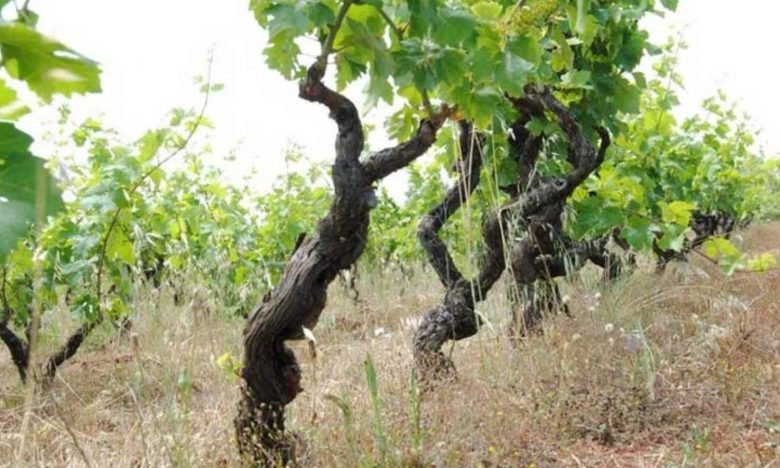
The name sapling derives from the form that the vine plant assumes in the production phase. This, in fact, is similar to that of a small tree with a short trunk, from which a variable number of branches branch off. The adoption of this ancient form of farming derives from the Greek viticulture of the classical age. However, there are several variants, which have been more or less maintained over time.
Vase sapling
The traditional potted tree is the most common. It has a trunk of variable height from 30 to 50 cm, with the presence of 3-5 branches arranged in a radial pattern. These each carry 1-2 spurs. 1 to 3 buds are left on each spur.
Pantelleria sapling
It is an almost exclusive form of farming on the island of Pantelleria, used on native Zibibbo vines of the small Sicilian island declared a UNESCO World Heritage Site.
The sapling of Pantelleria has a very short trunk, about 10 cm, and a high number of elongated branches, from 4 to 10. On each branch there are very short spurs with 1-2 buds.
Sicilian sapling or hare ears
This form of sapling cultivation of the vine provides a trunk with a height of over 50 cm. This has only two branches, bearing a single spur with 2-3 buds.
Fan-shaped sapling
In this type of sapling the branches are generally 3 and are arranged on a single parallel plane. Each branch has one or more spurs which are pruned leaving 2 buds.
It is very similar to an espalier shape, due to the development of the crown on the wall and on one side only. It lends itself more than other forms of sapling to mechanization and to the preparation of support poles and wires.
The supports
The classic sapling training system has the great advantage of not needing iron palisades and support wires, systems which are instead necessary in modern training systems. With the sapling, simple braces are enough to keep the shoots carrying the bunches of grapes upright. Typically, reeds are used, which are very easy to find in the countryside.
The sixth planting of the sapling vineyard
The sapling cultivated vine does not have a great development in height and volume of the crown. For this reason it lends itself to being implanted in a rather dense manner.
The sixth maximum is the one that foresees 1 m between the plants and 1 m between the rows (1 x 1). With this planting density it is possible to have 10,000 plants in one hectare of land. However, with a sixth of this kind all the work is done by hand.
By widening the distance between the rows (to 1.5 or 2 m) it is possible to create the passage of small equipment, such as one motor hoe, a two-wheel tractor or a small tractor from orchard. This makes it easier to keep the rows clean, perhaps by periodically passing the forage harvester to bury the green manures. An ideal planting density for a modern sapling vineyard is that of 5000-8000 plants per hectare.
How to prune the sapling vine
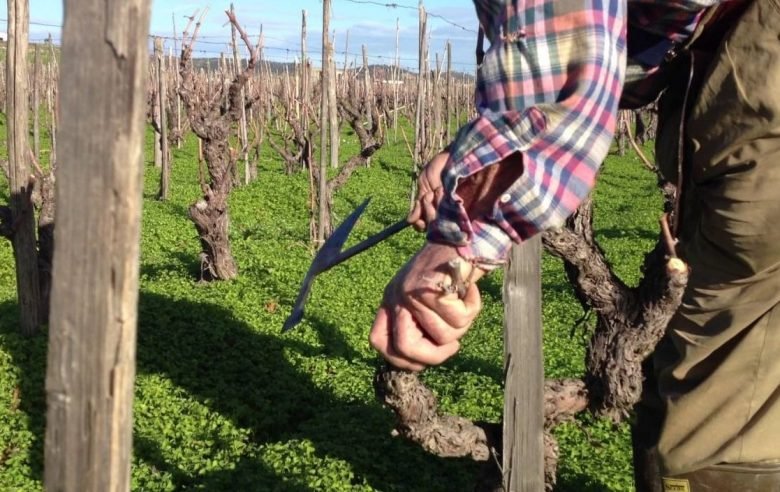
Setting up and maintaining with sapling vine pruning is pretty straightforward. As for the setting of the trunk, it takes 2-3 years from the planting of the cuttings. The cuts to set the shape must be made in the ways that we explain in the dedicated in-depth study on Vine breeding pruning.
Once the shape has been set, every year we will proceed with the production pruning.
Production pruning
In the different variants of sapling the common trait is the simultaneous presence of spurs and fruiting heads. The spurs are cut short, to 2-3, and are destined to produce the shoots from which the fruiting heads are chosen in the following year. The fruiting heads that produce the grape of the year are shortened in pruning from 1 to 3 buds. In other words, it is pruned at the end of winter by spur cutting the fruit head of the previous season and, for the new season, the sturdiest branch of the old spur is used as fruit head.
The individual supports are arranged in such a way as to support the fruiting items.
Green pruning in the sapling vineyard
The green pruning operations are important in the annual management of the sapling, in particular the suckling, the scacchiatura and the peeling.
With the suckling we intervene at the beginning of the vegetative season, eliminating the adventitious shoots that might arise from latent buds on the stump.
There chess at the beginning of summer it is instead used to eliminate excess shoots on fruiting heads or spurs.
With the peelingfinally, leaves and female leaves are removed at the level of the bunches, so as to decrease the density of the foliage near the productive belt.

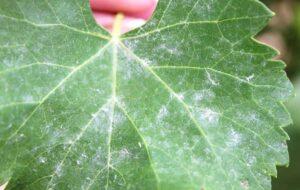
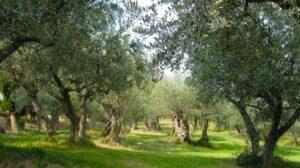
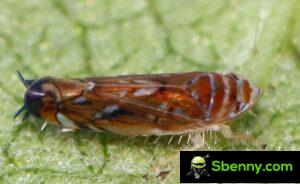
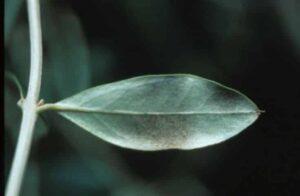
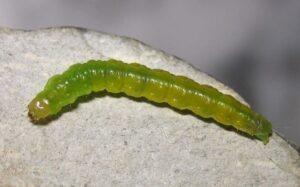
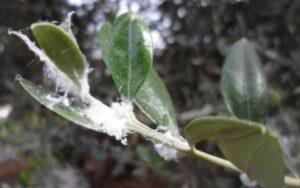
Start a new Thread